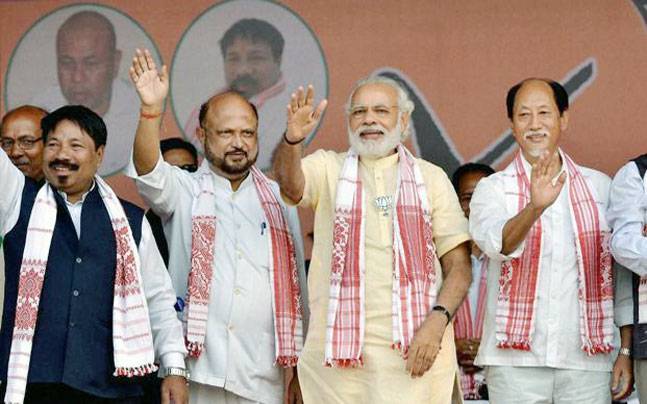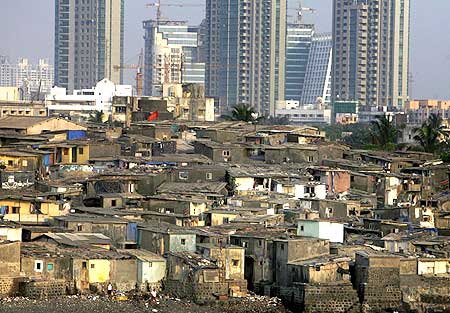Gita Gopinath, chief economist at the International Monetary Fund (IMF), holds up a copy of the World Economic Outlook while speaking at a news conference during the annual meetings of the IMF and World Bank Group in Washington, DC.
By Asit Ranjan Mishra
India’s growth projection cut to 6.1% for FY20 amid a cyclical slowdown
The IMF said India’s economy decelerated in the June quarter, held back by sector-specific weaknesses
India should opt for further monetary policy easing and broad-based structural reforms to reverse a cyclical demand slowdown, the International Monetary Fund (IMF) said on Tuesday while slashing its growth projection for the country to 6.1% for the current fiscal from its July forecast of 7%.
“In India, growth softened in 2019 as corporate and environmental regulatory uncertainty, together with concerns about the health of the non-bank financial sector, weighed on demand,” IMF said in its biannual World Economic Outlook (WEO).
IMF chief economist Gita Gopinath told reporters that the government has taken appropriate steps but it needs to do a lot more, including cleaning up the balance sheets of commercial banks, to ward off the negative impact on growth from financial vulnerabilities. “On the fiscal side, there have been some recent measures including the corporate tax cut. There has been no announcement on how that will be offset through revenues at this point. So, the revenue projections going forward look optimistic. But it is important for India to keep the fiscal deficit in check,” she said.
Gopinath, in her initial statement, said the global economy is in a synchronized slowdown and that IMF is downgrading growth for 2019 to 3%, the slowest pace since the 2008 financial crisis. “Growth continues to be weakened by rising trade barriers and increasing geopolitical tensions. We estimate that the US-China trade tensions will cumulatively reduce the level of global GDP by 0.8% by 2020. Growth is also being weighed down by country-specific factors in several emerging market economies, and structural forces such as low productivity growth and ageing demographics in advanced economies,” she said.
(Graphic: Sarvesh Kumar Sharma/Mint)
(Graphic: Sarvesh Kumar Sharma/Mint)
The Indian economy is battling a severe demand slowdown and liquidity crunch that have resulted in economic growth slowing to 5% in the three months ended June, while growth in private consumption expenditure slumped to an 18-quarter low of 3.1%. India’s industrial output contracted 1.1% in August, its worst show in 81 months, signalling a further deepening of the economic downturn.
The multilateral agency said India’s economy decelerated in the June quarter, held back by sector-specific weaknesses in the automobile sector and real estate as well as lingering uncertainty about the health of non-banking financial companies.
IMF joins a parade of multilateral institutions, rating firms and brokerages in cutting economic growth estimates for India, after Asia’s third-largest economy grew at the slowest pace in six years in the June quarter. The World Bank on Sunday slashed its economic growth forecast for India to 6% citing a broad-based and severe cyclical slowdown. Last week, Moody’s Investors Service lowered its 2019-20 growth forecast for India to 5.8% from 6.2% earlier, saying the economy was experiencing a pronounced slowdown partly due to long-lasting factors. The rating agency’s projection is the most pessimistic so far.
The WEO report said growth in India will be supported by the lagged effects of monetary policy easing, a reduction in corporate income tax rates, recent measures to address corporate and environmental regulatory uncertainty and government programmes to support rural consumption.
To address cyclical weakness and strengthen confidence in the economy, IMF




